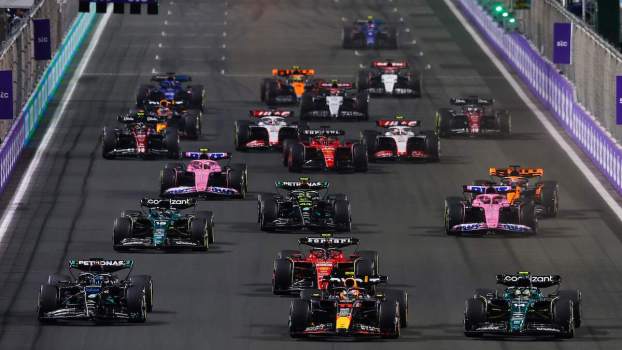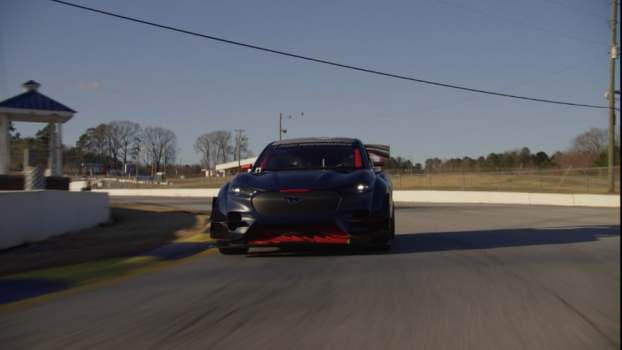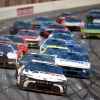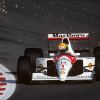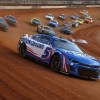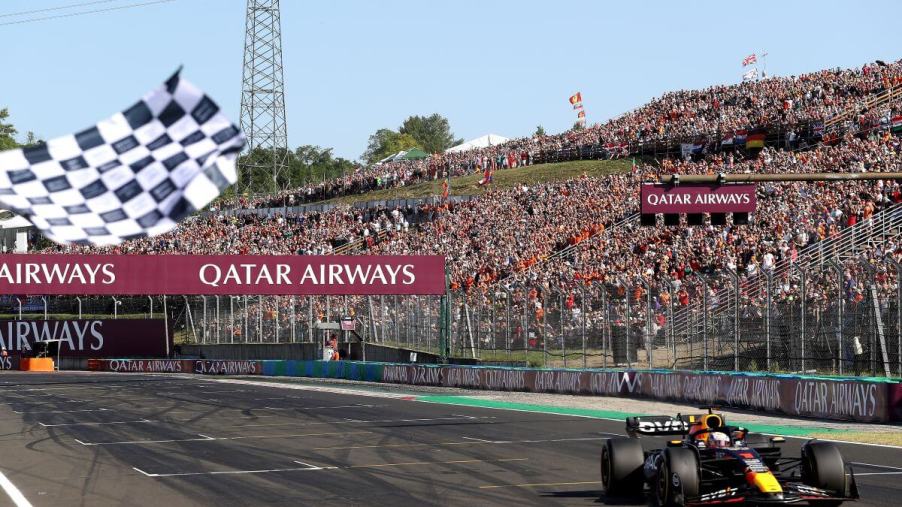
Formula 1 Explained: When Racing Flags Are Used
Avid fans and casual viewers of Formula 1 racing are likely familiar with the use of flags during a race. Still, surprisingly enough, there are over 10 flags that can be displayed during a session, and their use can vary depending on the type of action occurring on the track. Let’s look at all the flags used in F1 and what they indicate when shown at certain times.
When racing flags are used in Formula 1
Racing flags can indicate several factors, including track conditions, the start/end of a session, to inform drivers of necessary information, or to instruct them to adhere to certain rules. A total of 11 flags can be displayed throughout a Formula 1 race or session, but compounding the number of flags is that some carry different meanings depending on when they are used. For instance, a driver shown the blue flag during a practice session indicates he is about to be overtaken by a faster car. However, during race conditions, the blue flag indicates the driver is about to be lapped by the leader and must permit being overtaken when possible.
Track condition flags
Several F1 flags can denote on-track conditions, either indicating the start or end of a race or session or alerting drivers of potential on-track hazards/danger.
Green flag
The waving of a green flag showcases the track is clear and a session, such as a qualifying segment or practice, has begun. The green flag is also waved to “re-start” the race or indicate a part of the track is clear after an incident that necessitated caution among the drivers, including the use of at least one yellow flag.
Red flag
If the green flag indicates “go,” displaying the red flag is effectively the opposite, meaning a session has been stopped. A session could be ended due to a serious crash, potentially hazardous weather conditions, or so that track/safety repairs can be made. For instance, the red flag was displayed during the 2023 Dutch Grand Prix when a crash resulted in a damaged barrier that was fixed prior to the race resuming.
A red flag indicates drivers must reduce speed and return to the pit lane to await instructions. Some uses of the red flag will end/cancel a session entirely, while other instances, including the 2023 Dutch Grand Prix, indicate the session/race is being stopped until its cause is addressed and the race can resume.
Checkered flag
The white and black checkered flag indicates the end of a session, either a practice, qualifying period, or the race itself.
White flag
Displaying a white flag in many other racing series indicates one lap remaining. However, in F1, it indicates to a driver that there is a much slower car ahead. It’s most commonly displayed during practice sessions in the final corner of the track to signal that a vehicle ahead is undertaking a practice start.
Yellow flag with red stripes
This flag showcases to drivers potentially hazardous track conditions ahead due to lower grip levels, typically due to substances like oil or standing water on the track.
Driver instruction flags
Several flags can be displayed to give drivers instructions from the race marshals. They include;
Single yellow flag
The waving of a single yellow flag showcases there is some sort of hazardous condition on/near the track, such as debris, that could require the driver to take evasion action. When a single yellow flag is displayed, drivers must reduce their speed through the corner or segment in which the flag is displayed and may not overtake other cars.
Double yellow flag
Like a single yellow flag, the “double yellow” flag indicates drivers must reduce their speed, cannot overtake, and should be prepared to take evasive action. A single yellow flag is most commonly used to signal there may be debris next to the track. Meanwhile, the double yellow underscores the track is either partially or completely blocked by a stopped car, debris, or other hazards, like safety crews on the track.
Code 60 flag
Displaying the “Code 60” flag indicates a speed limit of 60 km/h speed limit will be enforced around the track. This is marked either with a purple flag with the number “60” residing in a white circle or double yellow flags with the board indicating “FCY” or “full-course yellow.”
Blue flag
During a race, the blue flag displayed to a driver informs that they are about to be lapped and must allow the faster car to pass as soon as possible. However, the blue flag is also shown to indicate to drivers that a vehicle is leaving the pit area. During practice, the blue flag informs drivers they are about to be overtaken by a faster car.
Discipline flags
The use of several flags can indicate to a Formula 1 driver that disciplinary action is being considered or taken against them.
Black flag
The display of a black flag to an F1 driver indicates the driver has been immediately disqualified from the competition and must leave the race by returning to the garage/pit area. The use of a black flag is quite rare. One such instance occurred in 1994 when Michael Schumacher was given a stop/go penalty for overtaking during the formation lap but did not serve the penalty.
Black flag with an orange circle
A black flag with an orange circle or disc is displayed when instructing a driver that their car has a mechanical issue that must be addressed. The use of this flag indicates to a driver they must pit as soon as possible to repair the problem, and race officials must clear the vehicle before resuming the race.
Black and white flag
A black and white flag, half solid white and half solid black, informs a driver they have been reported for unsportsmanlike behavior and effectively serves as a warning from race officials.
Singal lights in F1
All Formula 1 tracks are now required to include light panels in addition to flags to inform drivers of important information. These light panels can serve to add redundancy to flags. For instance, they will display a red box under red flag conditions. Additionally, the boxes may indicate “VSC” or virtual safety car, which dictates drivers must slow down from race speeds during the VSC period. The light panels can also inform drivers of weather status or changing track conditions.
